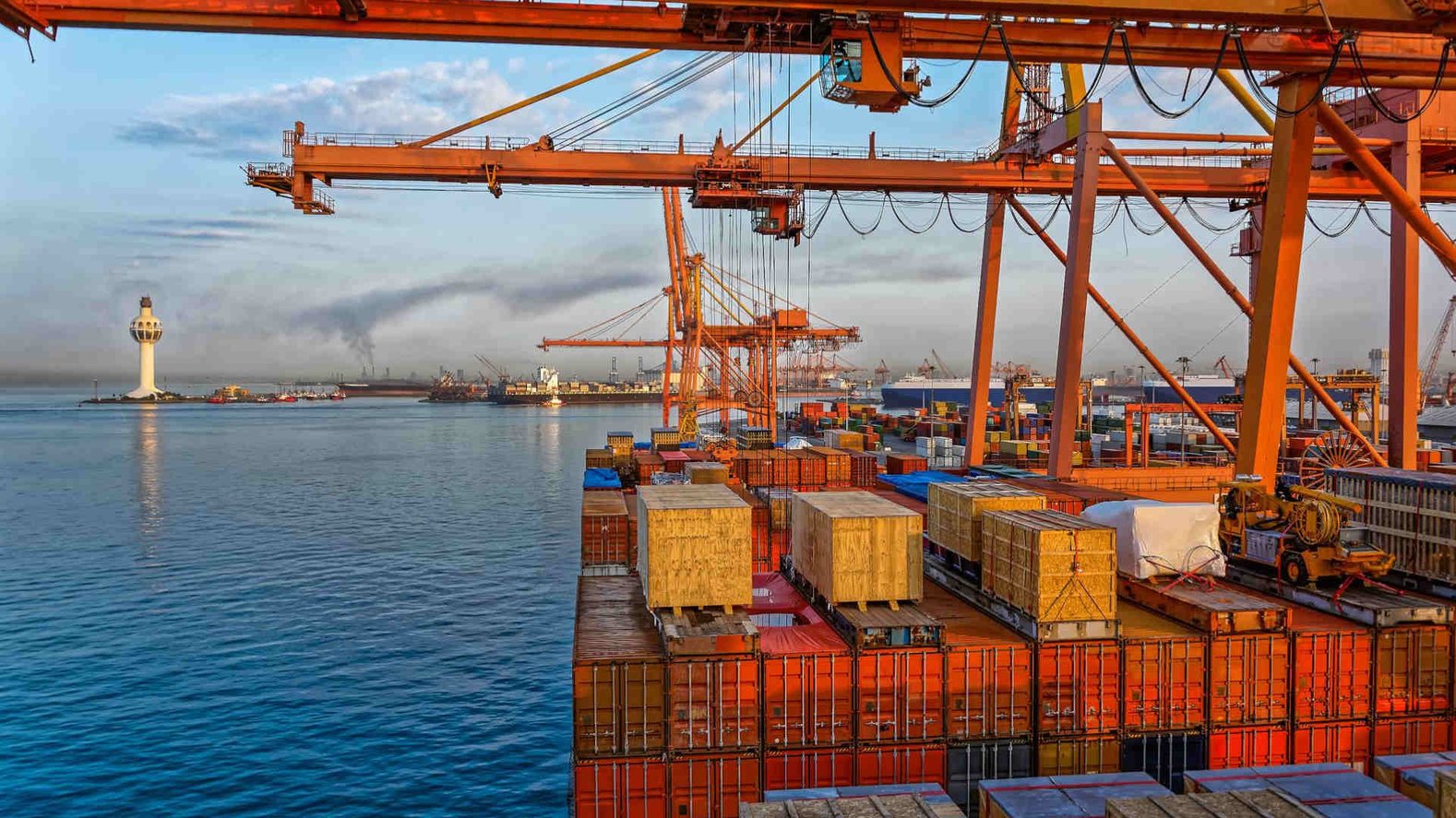
Transmodal’s July 2024 Global Logistics Update
Here are some of the top news stories affecting global supply chains.
The container shipping market is currently experiencing a high demand for more ships and containers, mostly driven by the disruptions caused by the Red Sea crisis. The situation has upset the balance between supply and demand, increasing the need for capacity and leading to a surge in ship orders, particularly from Chinese and South Korean shipyards. Carriers like MSC, Maersk, and ONE are expanding their fleets, but they’re faced with higher costs due to increased charter rates. Another wrinkle is that additional capacity may cause problems in the future, especially with the potential for the Suez Canal route to reopen at some point in the future.
Our take: Market conditions are the most difficult they have been since the pandemic. Carriers are not honoring contract rates, and any price that seems too good to be true probably is. So, be extra diligent in vetting transportation partners right now. There are a lot of bad actors trying to take advantage of the situation.
Read more here.
The potential strike risk on the US East Coast is adding another layer of concern for the industry, with experts warning of possible spikes in rate hikes. If the strike does happen, it will, of course, disrupt port operations, leading to delays, backlogs, and increased rates. Negotiations between the union and the terminals broke down in June, with the union seeking salary increases and maintaining its stance against automation. If the strike does happen in September, rates could increase to record highs.
Our take: This, and labor rumblings in Canada, need to be on all importers’ radars for the coming months. News on the progress of the talks has been sparse, so if and when word breaks, it could leave companies scrambling.
Read more here.
Airfreight rates remained firm in June, thanks to a combination of consistent demand and capacity. Despite June typically being a quieter month for airfreight, rates from Hong Kong to Europe and North America increased in June compared to May and a year earlier. According to a statement in the Baltic Exchange newsletter, there’s a shared belief that the strength we’re seeing in the market is a reflection of strong e-commerce activity, especially driven by China-based retailers such as Temu and Shein. Not to mention the ongoing disruptions to ocean shipping. The outlook for the rest of the year remains uncertain, but some analysts predict a peak season surge later in the year.
Our take: Air freight rates have been consistently high for an extended period. With ocean markets tightening, costs are going up all around. The current situation reinforces the need to consider routing options continually and not get in the habit of always choosing the same way of doing things. Prices and transit times are constantly changing.
Read more here.
